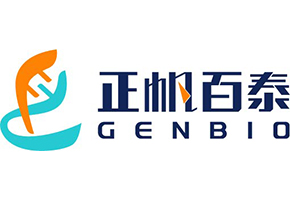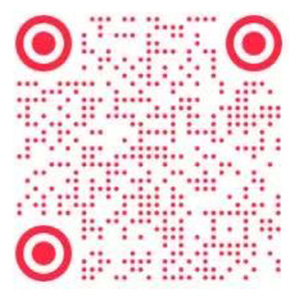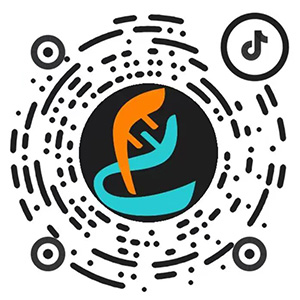Bioengineering Diagnostic Technology: Innovative Power to Unlock Health Passwords
Bioengineering, as a comprehensive applied discipline, integrates knowledge and technology from multiple disciplines such as mathematics, physics, chemistry, biology, and engineering, aiming to address various problems in the fields of biology and medicine, and meet human demand for biological products. In the vast field of biotechnology, diagnostic technology occupies a pivotal position. This article will delve into the application fields of diagnosis in biotechnology, as well as its important role in promoting medical progress and safeguarding human health.
1、 Overview of Diagnostic Techniques in Bioengineering
Diagnostic techniques in biotechnology mainly utilize biological principles and methods to determine the nature, type, and severity of diseases by detecting and analyzing specific components or changes in biological samples (such as blood, tissue, cells, etc.). These technologies not only have high specificity and sensitivity, but also enable early detection and precise treatment of diseases.
2、 The Application of Bioengineering in the Field of Diagnosis
1. Biomedical Engineering Diagnosis
Biomedical engineering is an important branch of bioengineering that applies engineering principles and design concepts to the fields of biology and medicine to achieve healthcare goals. In terms of diagnosis, biomedical engineering has developed a series of advanced medical devices and technologies, such as medical imaging systems (MRI, CT scans, ultrasound, etc.), biosensors, gene chips, etc. These technologies can non invasively or minimally invasive obtain physiological and pathological information from patients' bodies, providing accurate diagnostic basis for doctors.
2. Genetic diagnosis
Genetic diagnosis is an important application of biotechnology in the field of diagnosis. It utilizes molecular biology techniques such as gene sequencing, gene amplification, etc. to detect and analyze the genetic material of patients to determine the presence of disease-related gene mutations or abnormalities. Gene diagnosis plays an important role in the diagnosis of genetic diseases, tumors, infectious diseases and other fields, providing possibilities for personalized treatment and prevention.
3. Cell diagnosis
Cell diagnosis is the process of observing and analyzing changes in cell morphology, structure, function, and other aspects to determine the nature and type of disease. In the field of biotechnology, techniques such as cell culture, cell immunofluorescence, and flow cytometry are widely used in cell diagnostics. These technologies can achieve precise identification and classification of cells, providing strong support for early detection and precise treatment of diseases.
4. Biomarker diagnosis
Biomarkers refer to specific molecules or cells produced within an organism or in biological processes that can reflect the health or disease status of the organism. In the field of biotechnology, early warning and accurate diagnosis of diseases can be achieved by detecting and analyzing biomarkers. For example, early screening and monitoring of tumors can be achieved by detecting tumor markers in the blood.
3、 Advantages and Challenges of Bioengineering Diagnostic Technology
1. Advantages
High specificity and sensitivity: Bioengineering diagnostic technology can achieve precise detection of specific disease biomarkers, with high specificity and sensitivity.
Non invasive or minimally invasive: Many biotechnology diagnostic techniques, such as medical imaging technology, biosensors, etc., can achieve non-invasive or minimally invasive detection, reducing the pain and discomfort of patients.
Early detection and precise treatment: Through biotechnology diagnostic technology, early detection and precise treatment of diseases can be achieved, improving treatment effectiveness and patients' quality of life.
2. Challenge
Technical complexity: Bioengineering diagnostic technology involves knowledge and technology from multiple disciplines, and has a high technical threshold and complexity.
High cost: Some bioengineering diagnostic technologies have high equipment and reagent costs, which limits their widespread application in clinical settings.
Ethical and legal issues: With the continuous development of biotechnology diagnostic technology, some ethical and legal issues have gradually emerged, such as gene privacy protection, gene discrimination, etc.
4、 Future prospects
With the continuous development and innovation of biotechnology, biotechnology diagnostic technology will play a more important role in the future. On the one hand, by continuously optimizing and improving existing technologies, the accuracy and efficiency of diagnosis can be enhanced; On the other hand, continuous exploration and development of new diagnostic technologies and methods, such as intelligent diagnostic systems based on artificial intelligence and big data, are needed to address the increasingly complex challenges of diseases and human health needs.
In summary, diagnosis has broad application prospects and important value in the field of biotechnology. By continuously promoting the development and innovation of biotechnology diagnostic technology, we can better respond to various disease challenges and ensure human health and safety.







